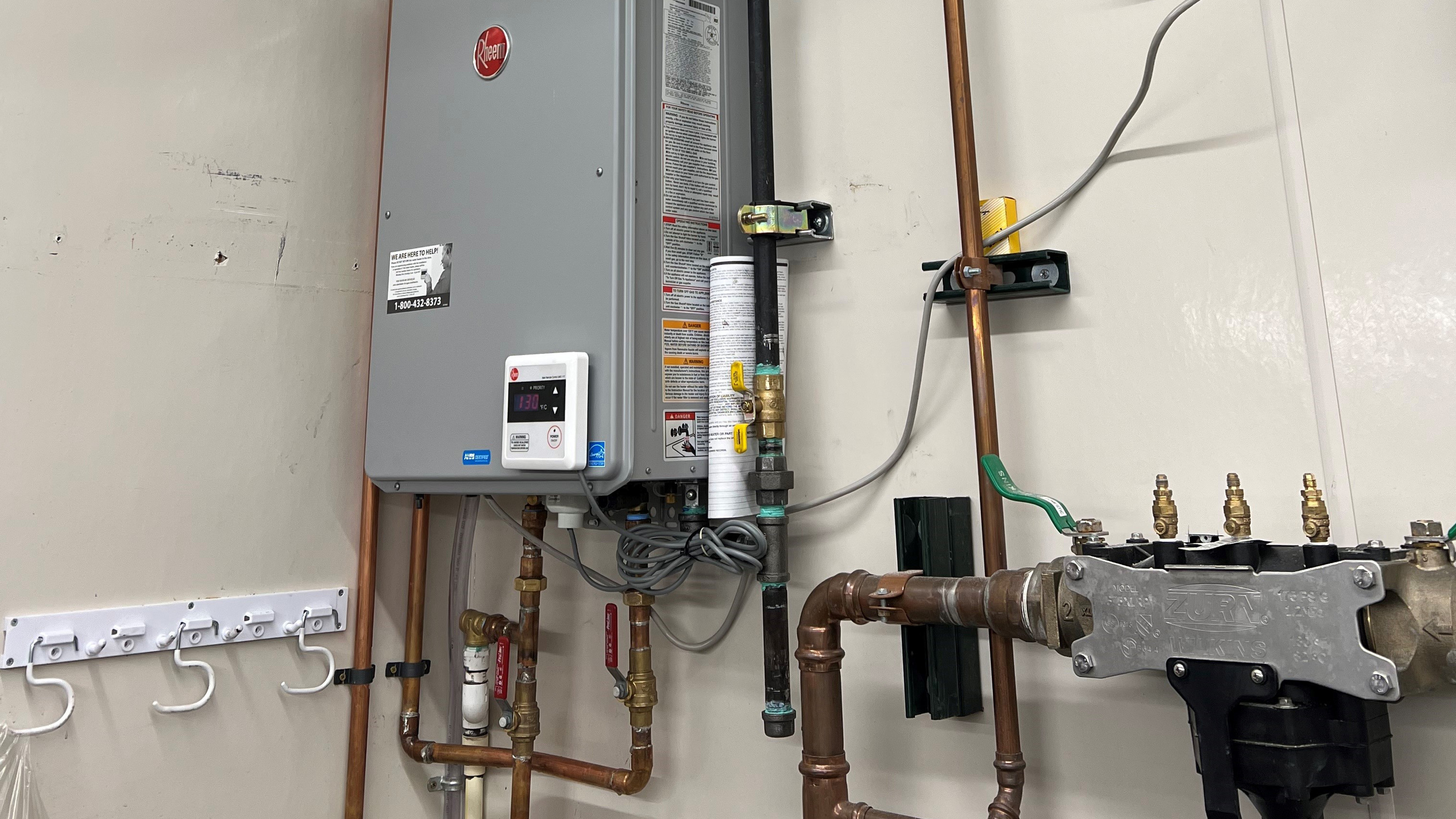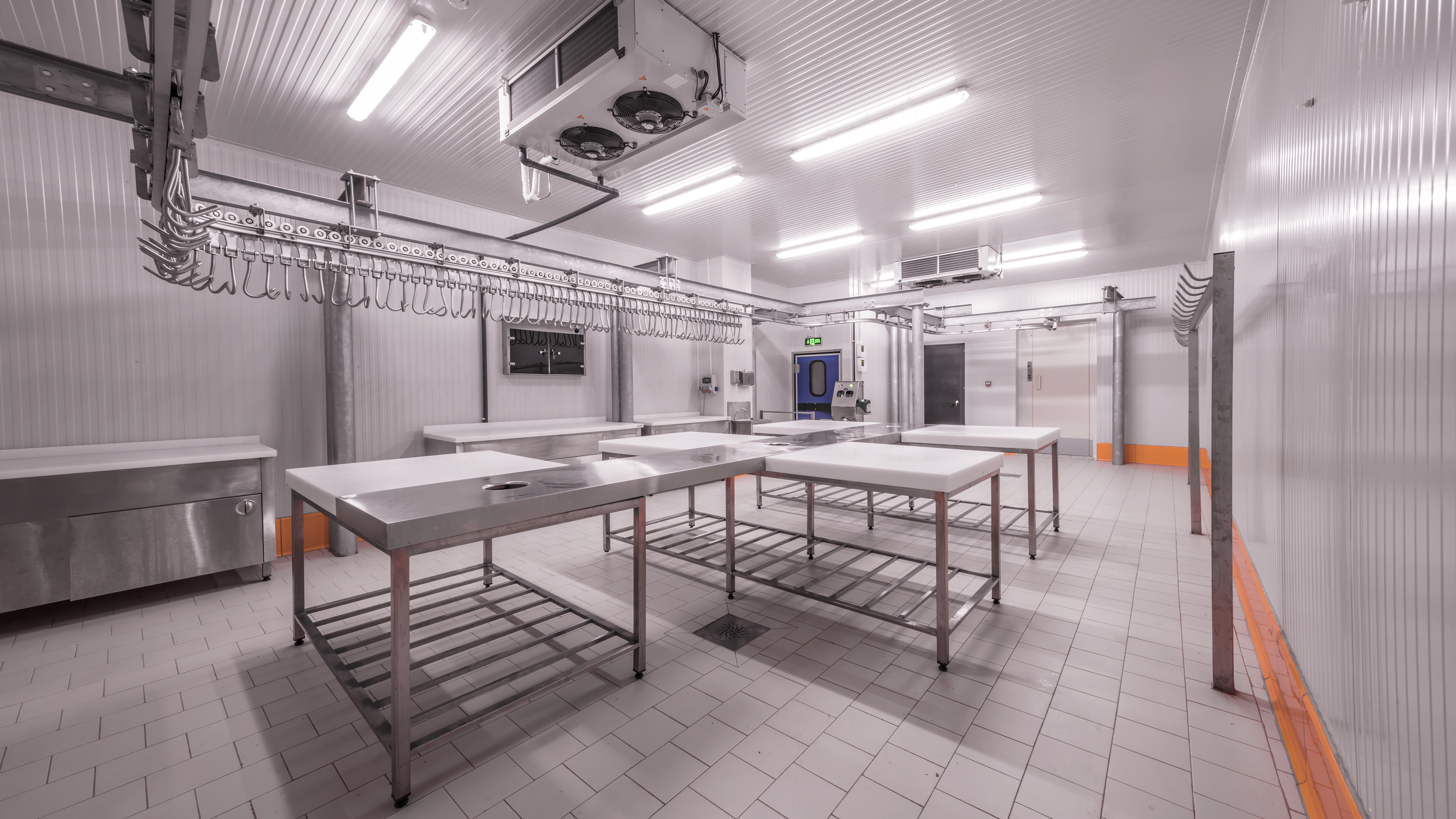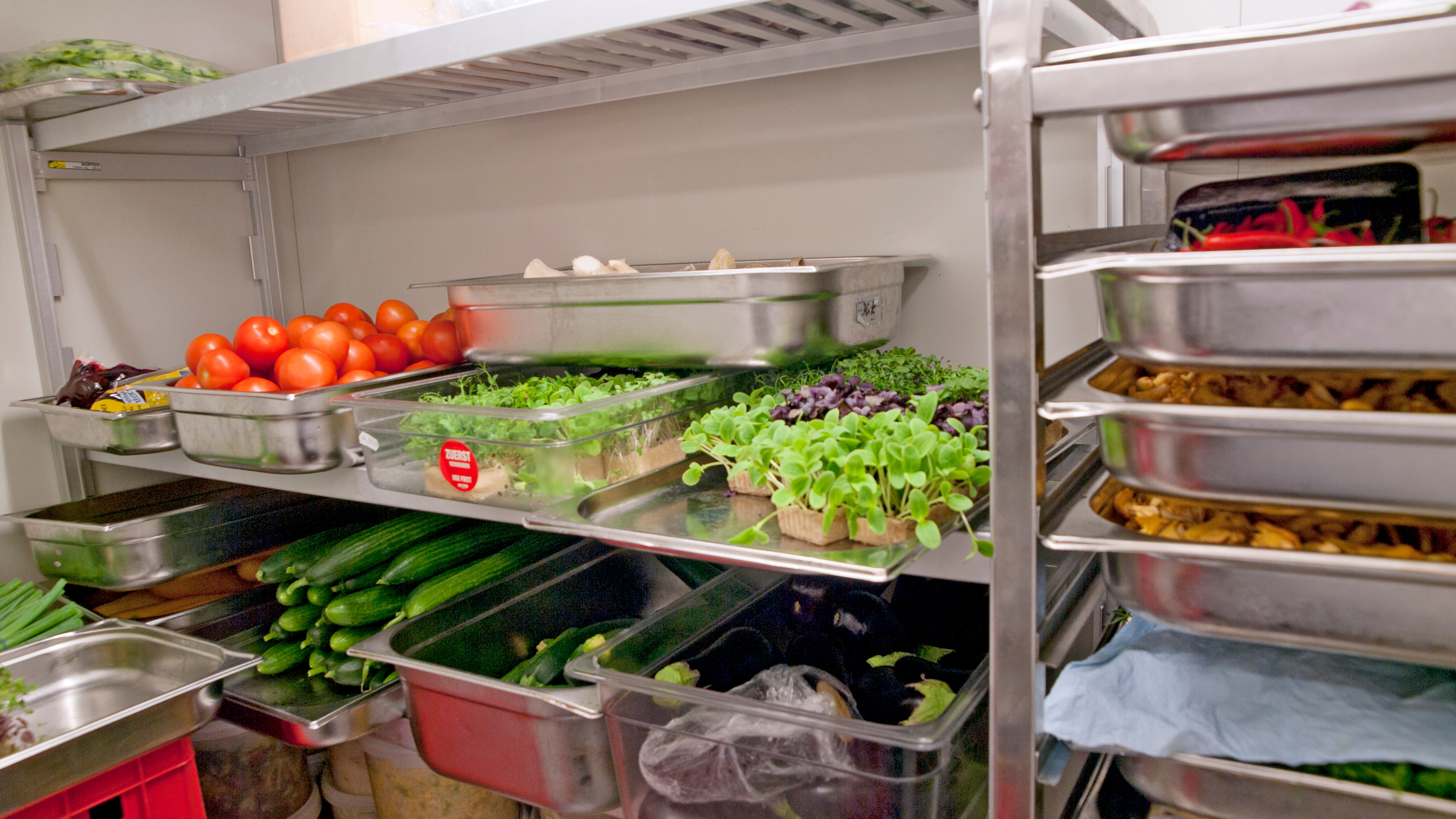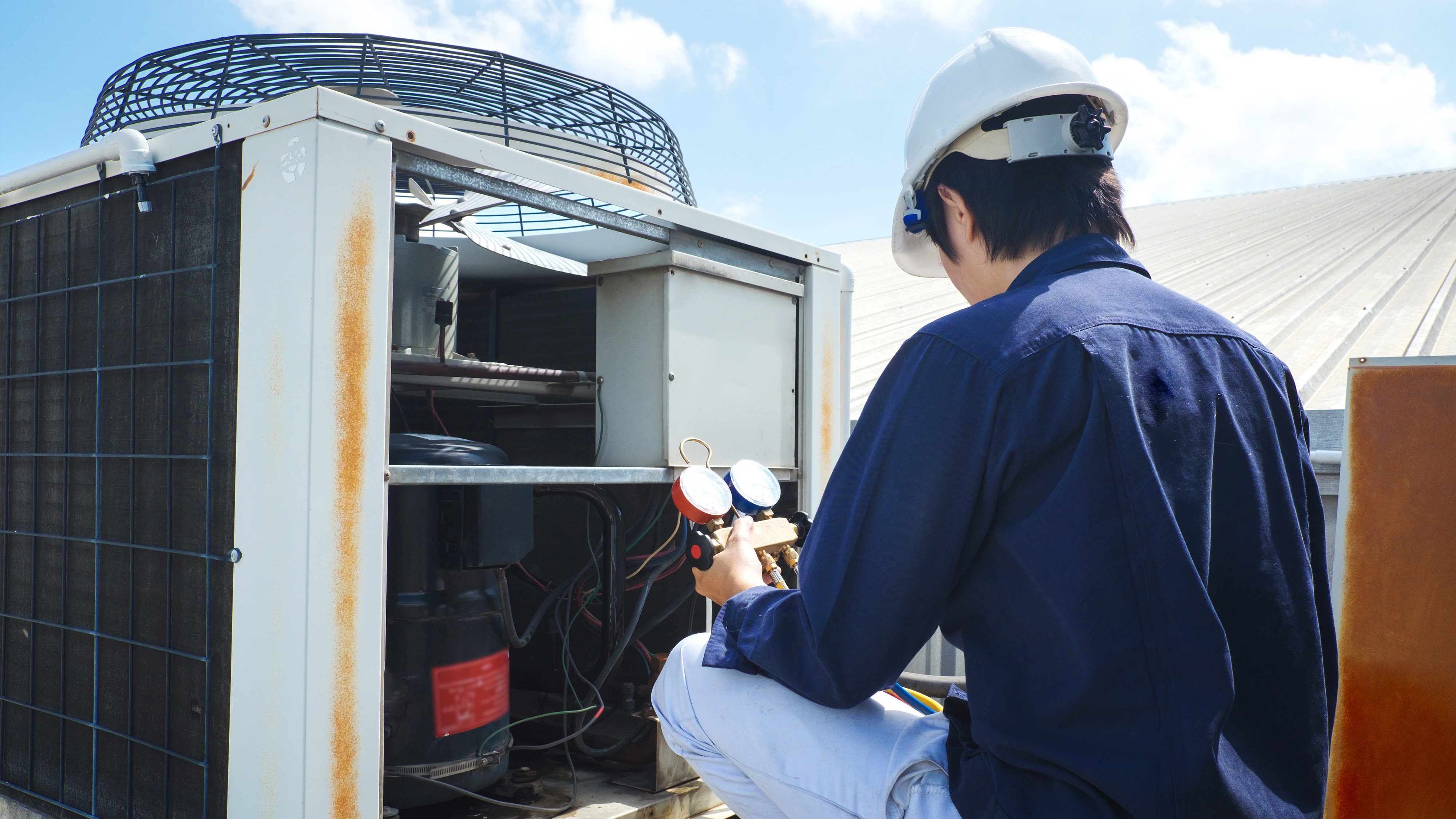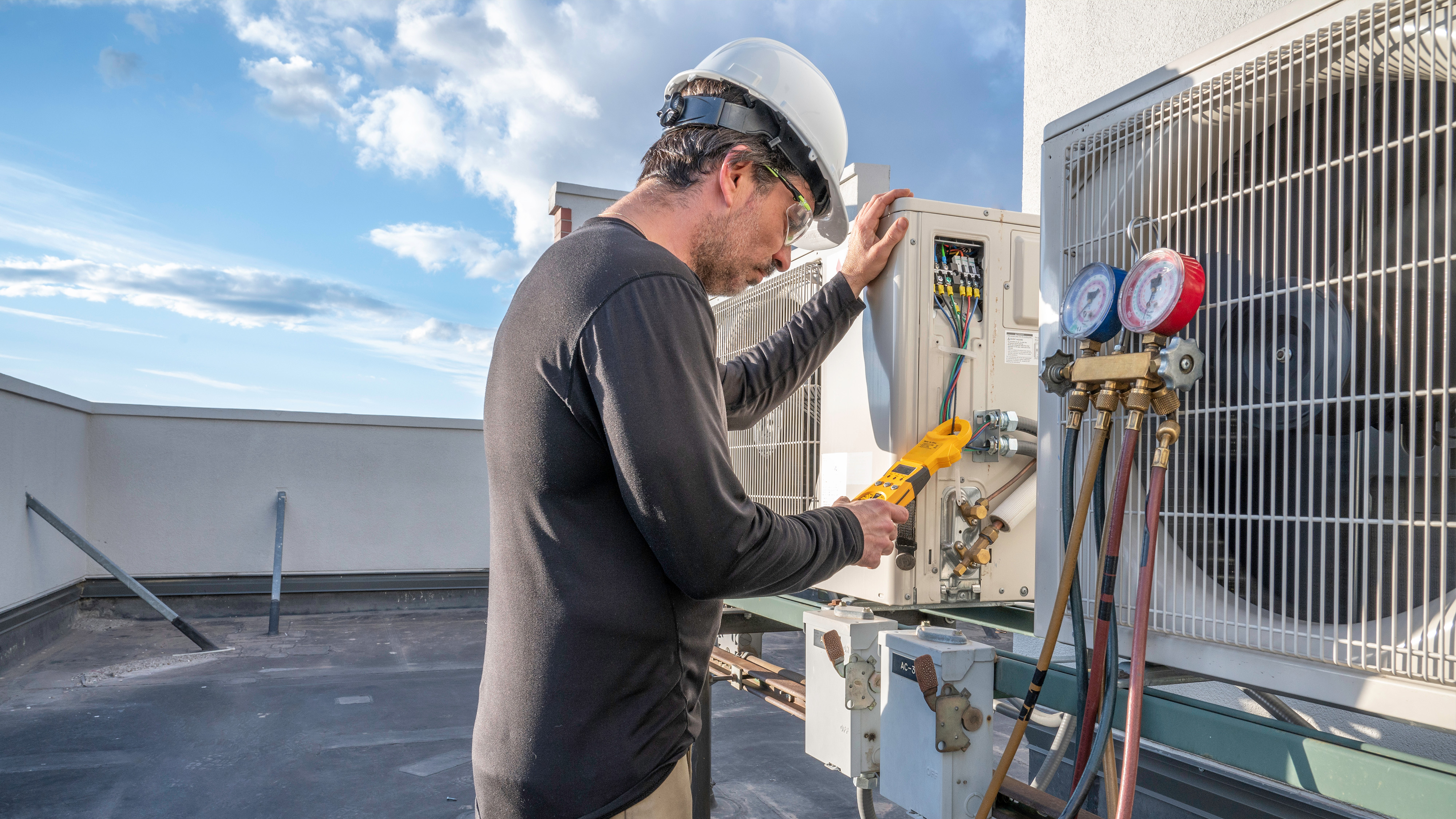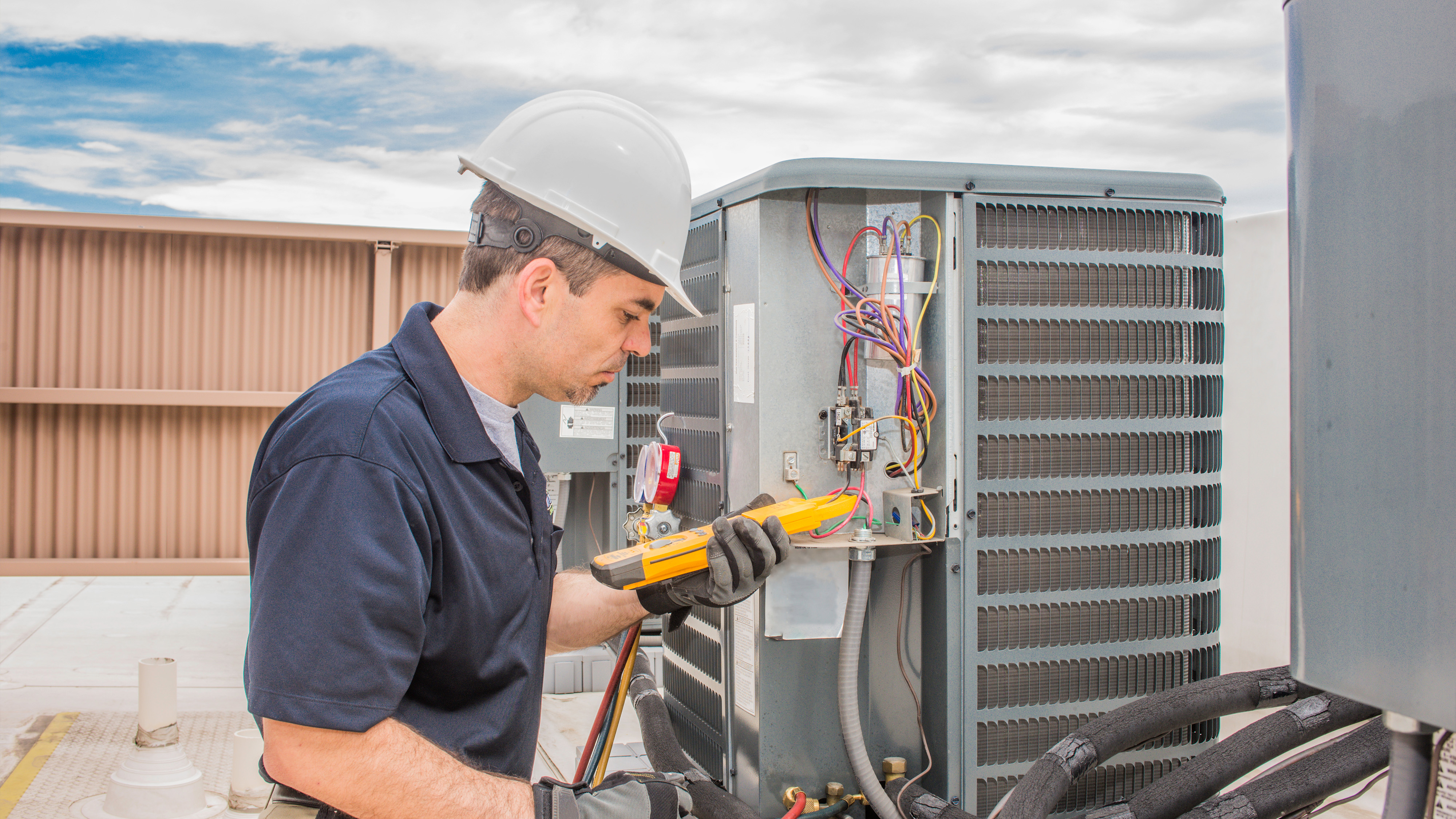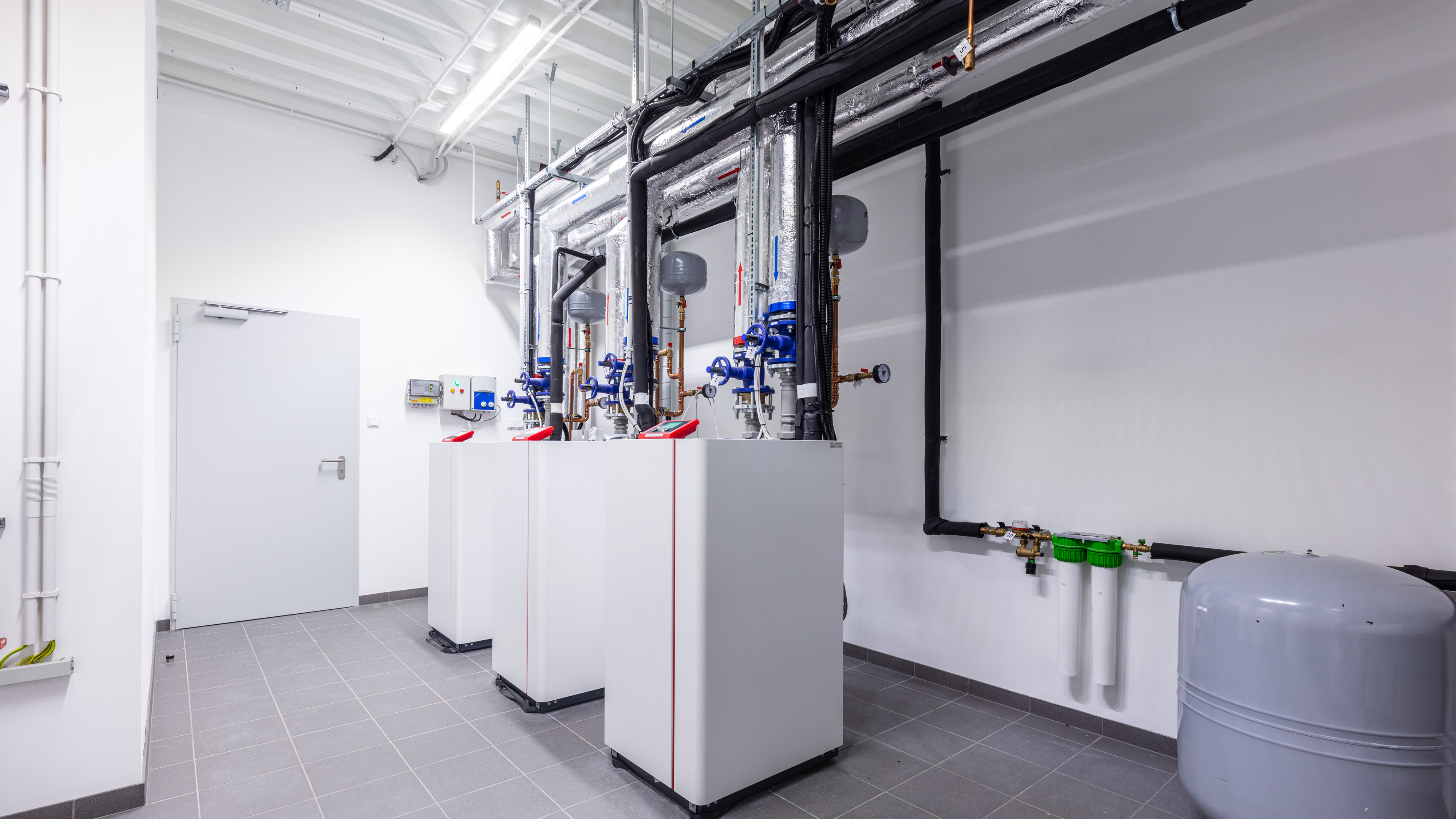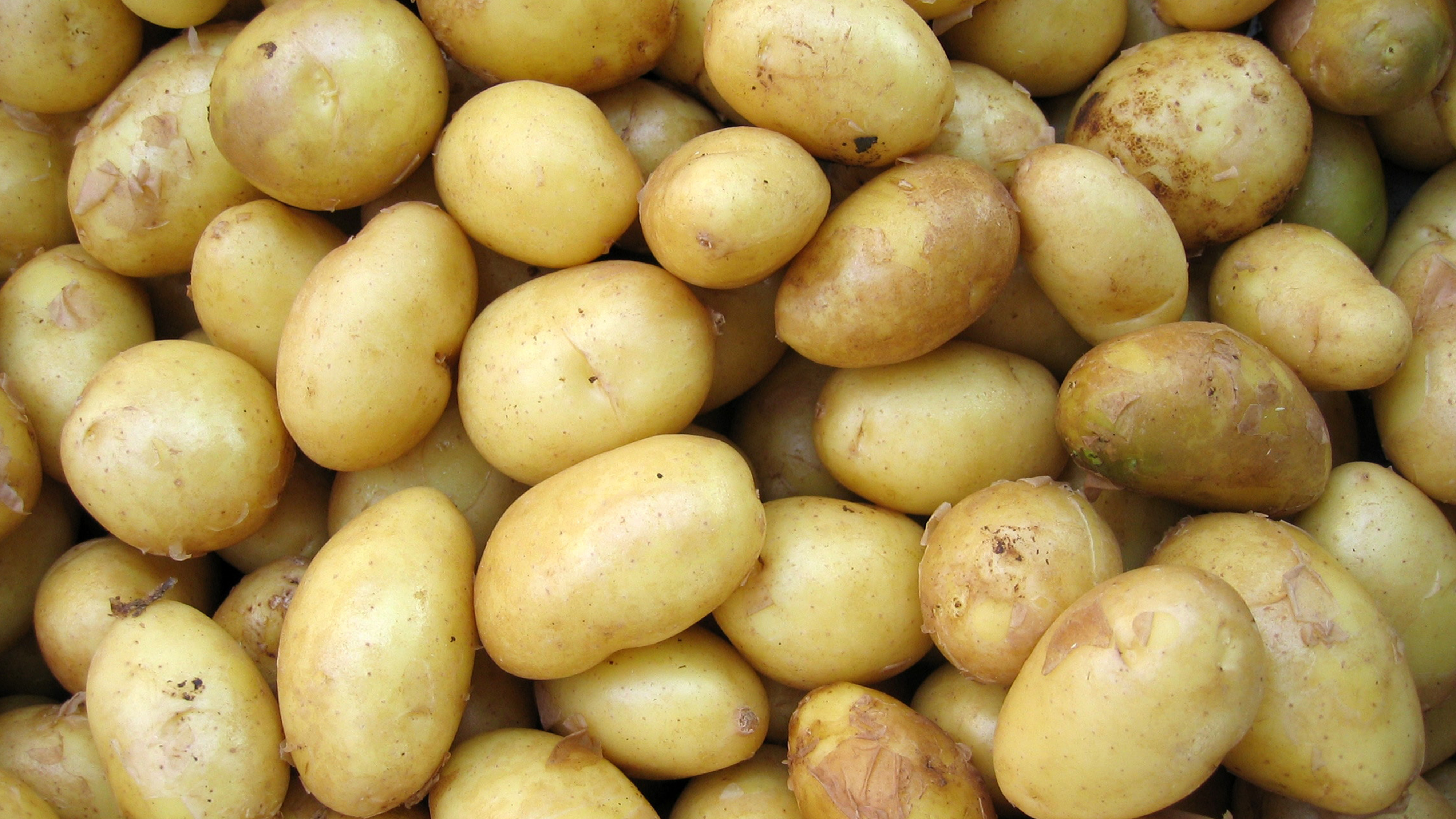
Top Five Components of Successful Potato Storage
Temperature and humidity are key factors in storing potatoes and preventing common diseases. Optimized, unrestricted air movement is vital to maintaining constant temperature and humidity, which prevents moisture loss and decay.
1. Temperature Control
- Marketed for processing, table stock, or seed.
- Temperature at the time of storage.
- Length of time to be stored.
- Extent of damage at harvest.
- Presence of disease organisms.
- Processing potatoes - 45 degrees.
- Fresh market potatoes - 40 degrees.
- Seed potatoes - 38-to-40 degrees.
Cold potatoes are brittle and bruise easily during handling. Before removing from storage, raise the temperature to 50-to-55 degrees.
2. Humidity and Air Movement
At relative humidity levels below 90 percent, weight loss rapidly increases. If condensation occurs, air circulation is required to maintain the desired temperature and humidity by passing humidified, heated, or refrigerated air throughout storage.
The primary function of air movement is to maintain a uniform temperature and humidity. The key is continual, accurate monitoring. Dirt buildup can seriously affect air movement throughout storage and form a solid barrier that slows down air movement and prevents air from reaching some storage areas.
3. Wound Healing
Wound healing is critical to minimize the entry areas for organisms of potato diseases. Temperature is vital at this phase of initial storage, as healing proceeds most rapidly at temperatures of 60-to-65 degress plus high humidity, facilitating the ideal environment in 3-to-5 days.
4. Disease Organism Growth
Potato disease organisms increase their population growth at temperatures ranging from 40-to-80 degrees. Healing the exposed wound areas minimizes disease spread within infected crops and prevents compromising a healthy harvest. If disease or frost damage is apparent, rapidly lowering temperatures is necessary to prevent breakdown.
5. Respiration and Sprouting
Since cooler climates maintain dormancy, temperatures must be as low as possible without decreasing quality. For extended storage periods, a sprout inhibitor is ideal.
Partnering with RMS
RMS partners with potato growers across Michigan to maximize their annual yield and add cost-saving energy efficiencies. Our comprehensive range of agricultural storage options includes hydrocoolers, controlled atmospheres, walk-in coolers, and commercial freezers. We provide expert mechanical services for your agricultural equipment, and our experienced team is always available.

